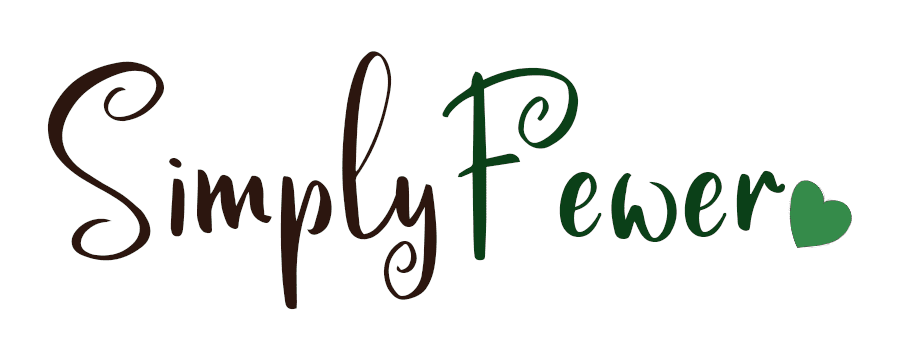Vacations don’t have to be expensive to be meaningful. If you’ve ever stared at your bank account wondering how you’ll afford a summer trip with the kids, you’re not alone. The good news? Smart budgeting and a little creativity go a long way in creating magical family memories that don’t break the bank. This article explores realistic, low-cost travel ideas that prove unforgettable doesn’t have to mean unaffordable.
Whether you’re dreaming of beach days, nature trails, or just breaking away from routine, we’ll help you plan an incredible vacation the whole family will love—without draining your wallet.
Table of Contents
Why Smart Budgeting Matters in Family Travel
Let’s be honest—vacations can feel like a luxury when you’re juggling everyday expenses. But with smart budgeting, the impossible becomes possible. Imagine your vacation budget like a puzzle: each smart choice is a piece that helps you complete the big picture.
By planning carefully, cutting unnecessary costs, and prioritizing experiences over extravagance, families can enjoy memorable trips that feel just as rich in experience as they do in savings.
One family we spoke with, the Turners from Oregon, saved over $1,200 on their trip to Yellowstone simply by meal prepping, choosing off-season dates, and camping instead of booking hotels. They described it as “the best vacation we’ve ever had.”
Budget travel isn’t about doing less—it’s about doing it differently.
Staycations: Rediscovering Joy Close to Home
Sometimes the best family adventures are just a few miles away. Staycations—vacations spent at or near home—are ideal for families looking to rest and reconnect without hefty travel costs.
Think about it: have you explored your city like a tourist lately? Museums, parks, local farms, and cultural centers often offer free or low-cost family activities. Plan themed days—like “beach day” at a local lake or “international food tour” where you try different cuisines around town.
Smart budgeting here means using what’s already around you. You save on transportation, lodging, and even time. Staycations also remove the stress of long travel days with kids, making them a win for both budget and sanity.
Camping Adventures That Won’t Burn Your Wallet
Camping is the ultimate low-budget family escape. Whether you opt for a tent in the woods or a budget-friendly RV rental, nature provides the entertainment.
National and state parks offer affordable campgrounds with amenities like bathrooms, grills, and trails. Some even have ranger-led programs that turn learning into adventure.
Camping builds resilience, encourages screen-free bonding, and helps kids develop an appreciation for the outdoors. As one mom, Jessica from Colorado, shared: “My kids talked more around the campfire in two nights than they had in weeks at home.”
For smart budgeting, borrow gear instead of buying new, pack your own food, and consider free apps like Recreation.gov to find hidden gem campsites.
Off-Season Travel: Big Fun, Small Prices
Here’s a travel secret: off-season trips mean fewer crowds, better deals, and a totally different vibe. Popular destinations like national parks, beach towns, or mountain resorts often slash prices when school is in session or weather isn’t “perfect.”
Families who travel in shoulder seasons (spring or fall) can enjoy major savings on flights, lodging, and attractions. For instance, visiting Disney in late January or early September can cut costs by nearly 40% compared to peak summer.
Smart budgeting means thinking counterintuitively: travel when others aren’t, and your dollars stretch further.
Road Trips That Maximize the Journey
A road trip turns the travel itself into an adventure. Instead of focusing on the destination alone, make the journey just as exciting.
Create a custom route that includes quirky roadside attractions, scenic detours, and budget-friendly stops. Apps like Roadtrippers or GasBuddy can help plan routes, find gas deals, and locate cheap eats.
Keep costs down by packing a cooler with meals, staying in motels, or camping along the way. And don’t forget the magic of audiobooks and family games—screens off, connection on.
A road trip is like a choose-your-own-adventure book—smart budgeting turns every page into something new and unforgettable.

Affordable Rentals & Lodging Alternatives
Who says hotels are the only way? From vacation rental sites to house swaps, there are plenty of lodging alternatives that align with a smart budget.
Websites like Airbnb or Vrbo offer full homes or apartments that are often cheaper (and more spacious) than hotels. Cook your meals, do laundry, and enjoy a more local experience.
For truly unique experiences, try home exchanges (like HomeExchange.com), or even family-friendly hostels. Many places now cater specifically to traveling families with kid zones, kitchens, and private rooms.
Always look for family discounts, bundle deals, or loyalty programs. Sign up for alerts and last-minute deals, which can lead to surprise getaways at unbeatable prices.
How to Plan a Budget Itinerary Everyone Will Love
Start by asking: What does everyone want from this trip? Then build an itinerary around shared values—fun, learning, rest, or adventure.
Incorporate free attractions (beaches, hiking trails, festivals), budget-friendly activities (public museums, free city tours), and space for downtime. Use tools like Google My Maps to plot destinations and estimate driving times.
Break each day into “must-do,” “nice-to-do,” and “free time” segments. That way, you balance structure with spontaneity. A smart itinerary reduces waste—of both time and money.
Remember, smart budgeting isn’t just financial—it’s emotional too. A well-planned trip prevents meltdowns and maximizes joy.
Saving Ahead: Tips to Build Your Vacation Fund
Smart budgeting begins before the vacation. Start a dedicated vacation savings account, and automate small weekly transfers—even $10 adds up fast.
Use cashback apps, loyalty points, or even selling unused items around the house to boost your travel fund. Teach kids to contribute by saving coins or doing extra chores.
Create a visual goal chart so everyone sees the progress. This turns saving into a family project—something to look forward to together.
As personal finance coach Ramit Sethi says, “Spend extravagantly on the things you love, and cut costs mercilessly on the things you don’t.”
Conclusion: Meaningful Memories, Not Massive Bills
You don’t need five-star hotels or luxury cruises to create core memories with your family. With smart budgeting and a bit of imagination, you can plan vacations that bring your family closer—without financial stress tagging along.
Travel is about togetherness, not expenses. And when done right, even the simplest trips can have the biggest impact. So start planning, start dreaming, and remember: adventure is more about heart than dollars.
FAQs
What’s the cheapest vacation option for families?
Staycations, camping, and road trips are among the most affordable options. They reduce transportation and lodging costs significantly.
How far in advance should I plan a budget-friendly family trip?
Ideally 3–6 months in advance. This gives time to find deals, save money, and avoid peak pricing.
Are vacation rentals cheaper than hotels for families?
Often, yes. Rentals offer kitchens, laundry, and more space, which can save money on food and lodging.
How do I keep kids entertained on a budget during travel?
Plan free or low-cost activities, pack games and books, and engage them in creating the itinerary.
Can we really have fun without spending a lot?
Absolutely. Fun isn’t about money—it’s about connection, novelty, and shared experiences.

